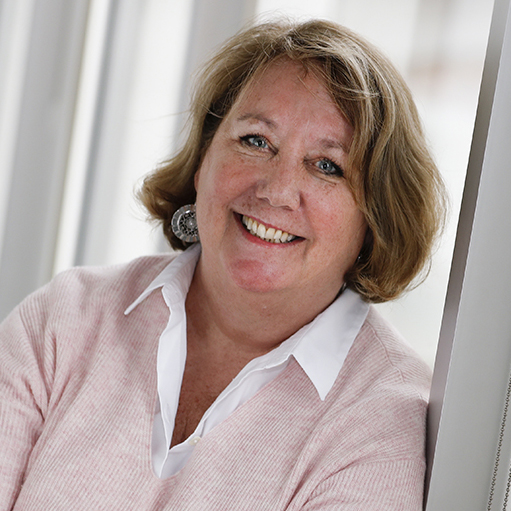End of an era
Marking the twentieth anniversary of 'Columbia'
It’s been 20 years since the NASA space shuttle Columbia broke up as it returned to Earth, killing the seven astronauts on board. The Columbia disaster occurred on February 1, 2003. NASA suspended space shuttle flights for more than two years as it investigated the cause of the Columbia disaster and eventually retired the program in 2011.


An investigation board determined that a large piece of foam fell from the shuttle’s external tank and breached the spacecraft wing. The problem with the foam had been known for years, and NASA came under intense scrutiny in Congress and in the media for allowing the situation to continue.
The Columbia mission was the second space shuttle disaster after Challenger, which saw a catastrophic failure during its launch in 1986.
The seven-member crew included Rick Husband, commander; Michael Anderson, payload commander; David Brown, mission specialist; Kalpana Chawla, mission specialist; Laurel Clark, mission specialist; William McCool, pilot; and Ilan Ramon, payload specialist from the Israeli Space Agency. The crew had spent 24 hours a day doing science experiments in two shifts and performed around 80 experiments in life sciences, material sciences, fluid physics, and other matters before beginning their return to Earth’s surface after 16 days in space.
The shuttle was making its landing approach to the Kennedy Space Center when just before 9 a.m. EST, abnormal readings showed up at Mission Control. Temperature readings from sensors located on the left wing were lost. Then, tire pressure readings from the left side of the shuttle also vanished.
The search for debris took weeks, as it was spread across 2,000 square miles in east Texas alone. NASA eventually recovered 84,000 pieces, representing nearly 40 percent of Columbia by weight. Among the recovered material were crew remains, which were identified with DNA.
The space shuttle program was retired in July 2011 after 135 missions. NASA developed a commercial crew program to eventually replace shuttle flights to the space station and brokered an agreement with the Russians to use Soyuz spacecraft to ferry U.S. astronauts to orbit. Today, astronauts from the United States fly to the International Space Station on Russian Soyuz rockets or aboard commercial spacecraft, like the SpaceX Crew Dragon, which began a space taxi service to the ISS in 2020.



